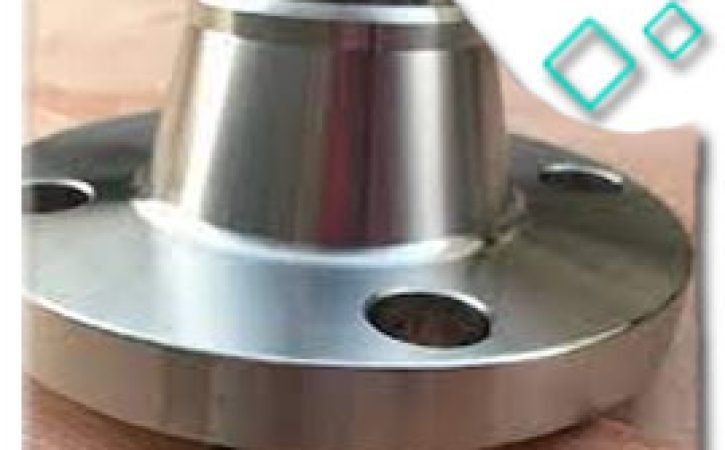
Improving Efficiency and Dependability: The Benefits of Steel Flanges
Steel flanges, often underestimated in the realm of industrial components, assume a crucial role in upholding the effectiveness and reliability of vital systems spanning diverse sectors. Manufacturers who specialize in steel flanges provide top-quality products that make substantial contributions to the functionality, safety, and triumph of essential applications.
Versatility in Application: Steel flanges serve as remarkably versatile components applicable across a broad spectrum of industries. They function as pivotal connectors that facilitate the assembly and disassembly of intricate systems, seamlessly bridging pipes, valves, and fittings. Whether employed within chemical plants, power generation facilities, or construction projects, ss 304 flanges establish vital connections that ensure flawless operations.
Outstanding Strength and Durability: Steel, well-known for its inherent robustness and endurance, extends its formidable attributes to ss 316 flanges. These components are meticulously engineered to endure extreme conditions, bear heavy loads, and thrive in high-pressure environments. This robust construction guarantees the durability of systems and constituents, substantially reducing the necessity for frequent replacements and upkeep.
Resilience Against Corrosion: Corrosion stands as a prominent concern in numerous industries, yet ASTM A182 F11 steel flanges adeptly combat this challenge. Manufacturers possess the capability to produce steel flanges featuring an array of corrosion-resistant coatings and treatments. These enhancements amplify their resistance to chemicals, moisture, and environmental factors. Such corrosion resistance proves invaluable in sectors like petrochemicals, marine engineering, and offshore drilling.
Diverse Sizes and Configurations: ASTM A182 F22 Steel flanges are accessible in an extensive array of sizes, pressure ratings, and configurations. This remarkable diversity permits precise customization to meet the distinct prerequisites of each application. Whether the task involves a modest plumbing system or a substantial industrial pipeline, there exists a fitting steel flange for the job.
Aesthetic Allure: Beyond their utilitarian role, steel flanges also exude an aesthetic charm. In architectural and construction undertakings, they frequently serve as visible components, introducing a dash of elegance to the design with their sleek and contemporary appearance. PIPE FITTINGS PRICE LIST can be found online. Steel flanges seamlessly merge form with function, harmonizing aesthetics with functionality.
Heat Resistance: Applications grappling with elevated temperatures, such as power generation and industrial furnaces, benefit from the exceptional heat resistance offered by steel flanges. These components steadfastly maintain their structural integrity when exposed to extreme heat, thereby ensuring the safety and efficiency of critical systems. CARBON STEEL PIPE FITTINGS PRICE LIST is pretty helpful.
Reliability in High-Pressure Systems: Many industrial processes necessitate the transport of fluids or gases under substantial pressure. In such scenarios, steel flanges emerge as the preferred choice due to their robust construction and material strength. CARBON STEEL FLANGES PRICE LIST is actually the best. They instill a sense of reliability and safety in applications where these factors are paramount.
steel flanges, often overshadowed in their significance, underpin the seamless functioning of critical systems within a myriad of industries. Their versatility, robustness, corrosion resistance, aesthetic appeal, and low maintenance requisites render them indispensable constituents in contemporary engineering and infrastructure. As industries continue to evolve, demanding high-performance materials, steel flanges are poised to expand their role in shaping the modern industrial landscape. Collaborating with respected manufacturers and suppliers of steel flanges grants industries access to premium-grade materials that significantly elevate the efficiency and reliability of their systems, underscoring the pivotal role these components play in today’s industrial milieu.










